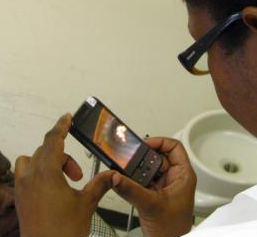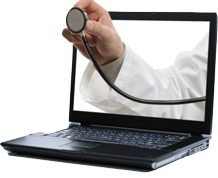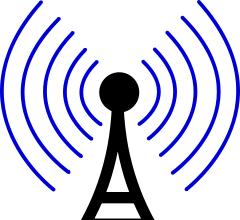
mPower Social Enterprises Ltd(formerly ClickDiagnostics) is a company dedicated to helping development agencies use information intelligently for better decision-making, managing and monitoring. From the desk of Mridul Chowdhury, CEO and Founder:

mPower Social Enterprises Ltd(formerly ClickDiagnostics) is a company dedicated to helping development agencies use information intelligently for better decision-making, managing and monitoring. From the desk of Mridul Chowdhury, CEO and Founder:
“The ‘development world’ has existed for more than five decades and is still going through a process of evolution for the better. People are striving to find newer and better ways of ensuring impact and accountability of development funding. With growing trend of using mobile devices for collection of data from the field, new opportunities have opened up to push the boundaries of maximizing impact.”
mPower has many projects throughout the world and has won numerous awards for excellence. mPower partnered with the Egyptian Ministry of Health (MOH), The Egyptian Ministry of Communication and Information Technology (MCIT), Qualcomm, Mobinil and GSMA to provide the first mHealth initiative in Egypt offering TeleDermatology specialist consultations to patients in remote clinics where doctors are non-existent or very rare.
A feasibility study was done on 30 patients to assess whether mobile phone technology was a feasible and diagnostically reliable method of amplifying access to dermatologic expertise in poorer regions of the globe where access to computers with Internet connectivity is unreliable or insufficient.
Each patient was examined both face-to-face and remotely, and diagnostic agreement was achieved in more than 75% of cases.
A mobile phone with a 5 megapixel camera was used to take photos of the skin lesions.

The mobile phone was enabled with an application called ClickDoc (Click Diagnostics, Boston, MA), an easily down- loaded Android-based application that facilitates the collection, storage, and wireless transmission of pertinent dermatologic medical information by way of a multiple-choice questionnaire designed by the authors of the study. Responses to the questionnaire, which elicits crucial elements of the patient history were keyed numerically into the phone keypad. The dermatologic resident examining patients in this study was trained in the use of the phone and software application before examining patients.
Wireless 3G and 2G network coverage were used in this study to transmit the information.
The conclusion of this study is summed up by the authors:
“We expect that in the next few years, the use of mobile telephone-based teledermatology could surpass the use of standard teledermatology with digital cameras in the lower-income regions of the world. Mobile teledermatology requires very little physical hardware, eliminates many of the steps required to transmit digital camera images, and is easy to learn to use. Importantly, mobile telederma- tology also takes advantage of the explosion of ‘‘cell phone culture’’ that has taken place recently around the globe. A new report from the United Nations indicates that there were an astonishing 4.1 billion cell telephone subscriptions in the world at the end of 2008,31 with the majority of these now arising from developing nations…It seems only natural that dermatologists should take advantage of these circumstances in helping to reduce the great burden of skin disease worldwide.” (source: Tran et al; Mobile teledermatology in the developing world: Implications of a feasibility study on 30 Egyptian patients with common skin diseases, the American Academy of Dermatology, Inc., 2010)
To read other posts in this exclusive ongoing series, please visit the Mobile Health Around the Globe main page.
And if you have a Mobile Health Around the Globe story to tell, please email me at joan@socialmediatoday.com







